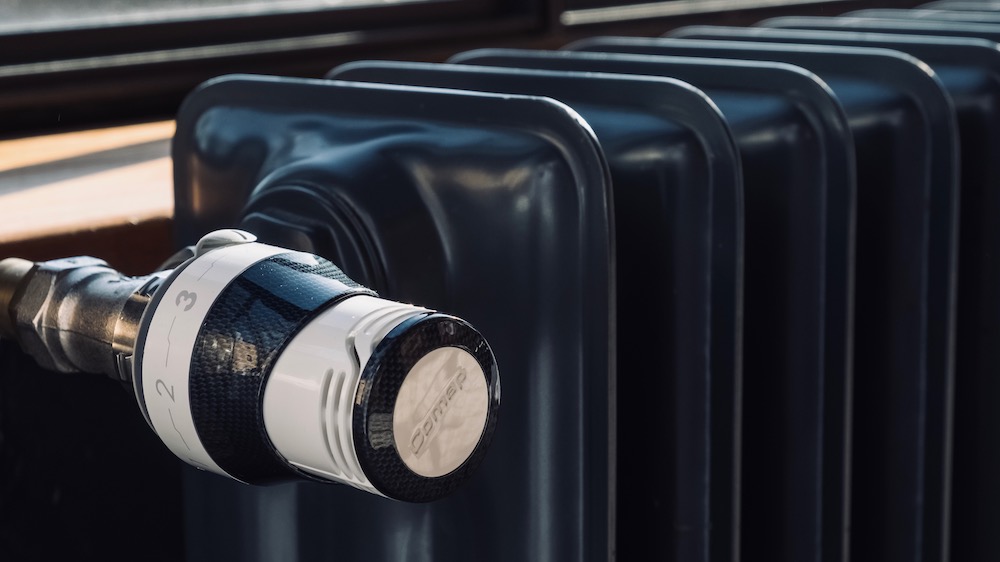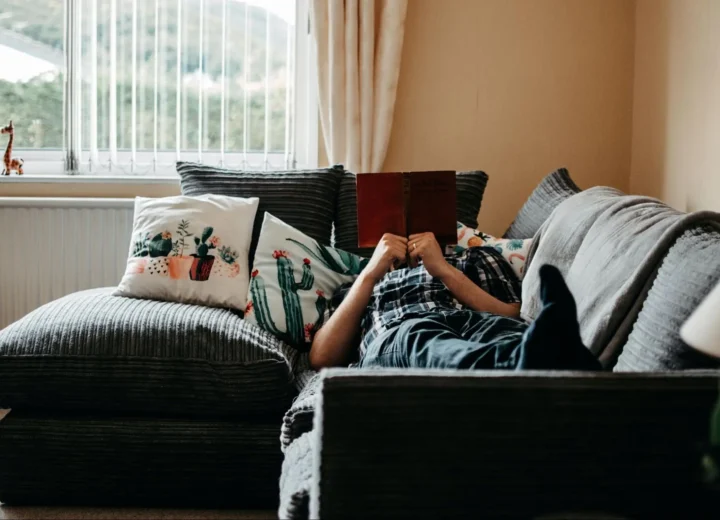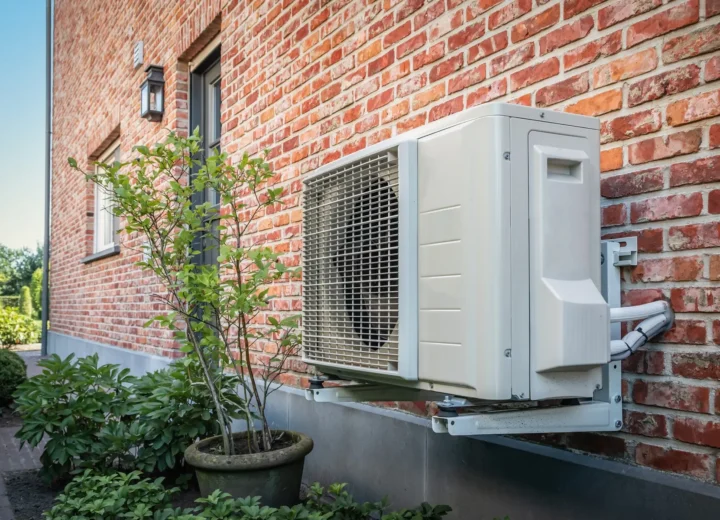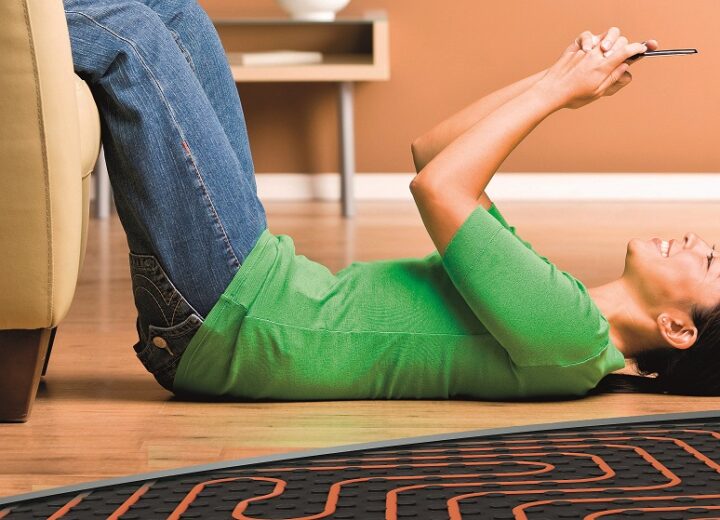As energy costs rise, certain systems and behaviours can improve energy efficiency and lead to energy savings. How can we meet the growing demand for ‘clean’ and energy-efficient systems?
Consume less and spend better: 2 levers for energy expenditure
To meet political and environmental energy requirements, two behaviours need to be adopted: consume less and spend better.
#1 Consume less
In these 5 areas, which are:
- heating;
- domestic hot water;
- summer comfort (air conditioning);
- lighting;
- auxiliary systems;
- the focus is on reducing energy costs.
On the heating side, for example connected thermostats, always well controlled, are particularly valued. They allow significant savings to be made by offering precise control of consumption without compromising comfort.
#2 Spend better
Promoting good behaviour is in the spotlight. Where individuals would be encouraged to take advantage of natural light to consume less, the idea here is to invite them to replace their filament bulbs with LEDs – not to eliminate consumption, but to spend wisely.
Controlling expenditure for greater energy efficiency
In order to reduce the impact on the climate and to move towards energy efficiency, three key elements must be taken into account:
- Low temperature;
- Renewable energy;
- Effective control.
From a regulatory point of view, major efforts have already been made around insulation for years. The aim is to make the building as airtight as possible, with windows and doors having a high insulation value. This high degree of insulation, however, can cause a room to heat up quickly.
It is therefore important to look at the effectiveness of other systems:
- The means of dispensing heating (low temperature systems, linked to renewable energies, which have a high efficiency);
- Effective emitters (PCBT);
- Self-adaptive control systems.
Another challenge is to have reactive systems that take into account solar heat and light. To this end, systems are being developed that operate without any physical activity on the part of the user or installer, for example by using artificial intelligence.
Energy costs and user comfort
Summer comfort should also not be neglected. It can involve an air conditioning or cooling system as well as a bioclimatic design logic for the building (orientation and dimensioning of openings, promotion of shutters, screens, solar caps, etc.). The aim is to avoid heat leakage in winter and unregulated heat gain in summer, so as to consume energy in a rational manner.
This can be achieved with reversible solutions, such as heat pumps and integrated low-temperature emitters. Additionally, a passive system will be implemented by running pipes in the foundations to recover cool water in summer in a cooling underfloor or ceiling heating/cooling system. One rule: don’t lose anything.
Users are the main players in energy consumption. Their practices can totally negate the energy performance of buildings due to lack of knowledge or lack of involvement. This is why steps to control and reduce energy costs must be accompanied by a dashboard and support and advice from an installer. The aim of the operation is to check that the consumption corresponds to the standards set out in the thermal regulations.





